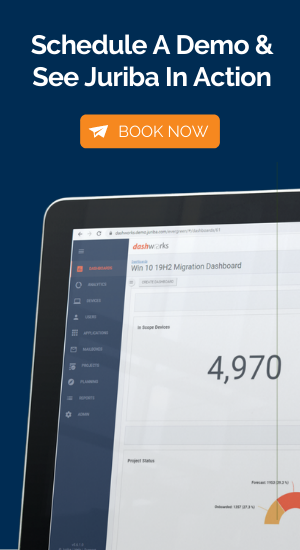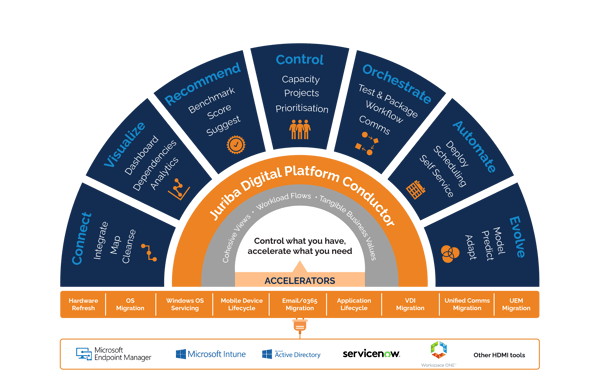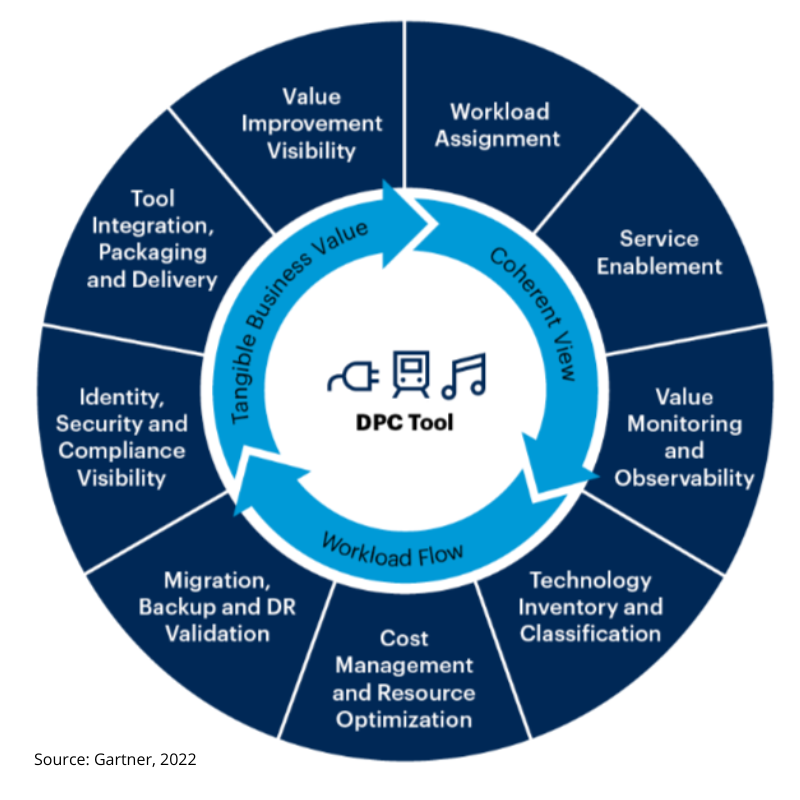Experience the power of the Juriba DPC.
Juriba is the only Digital Platform Conductor engineered specifically for the complex needs of Digital Workplace leaders in large enterprises, and is already the choice for forward-thinking teams in 5 out of 10 of the world's largest organizations, and 8 out of 10 of the world's leading System Integrators.
Book a demo




